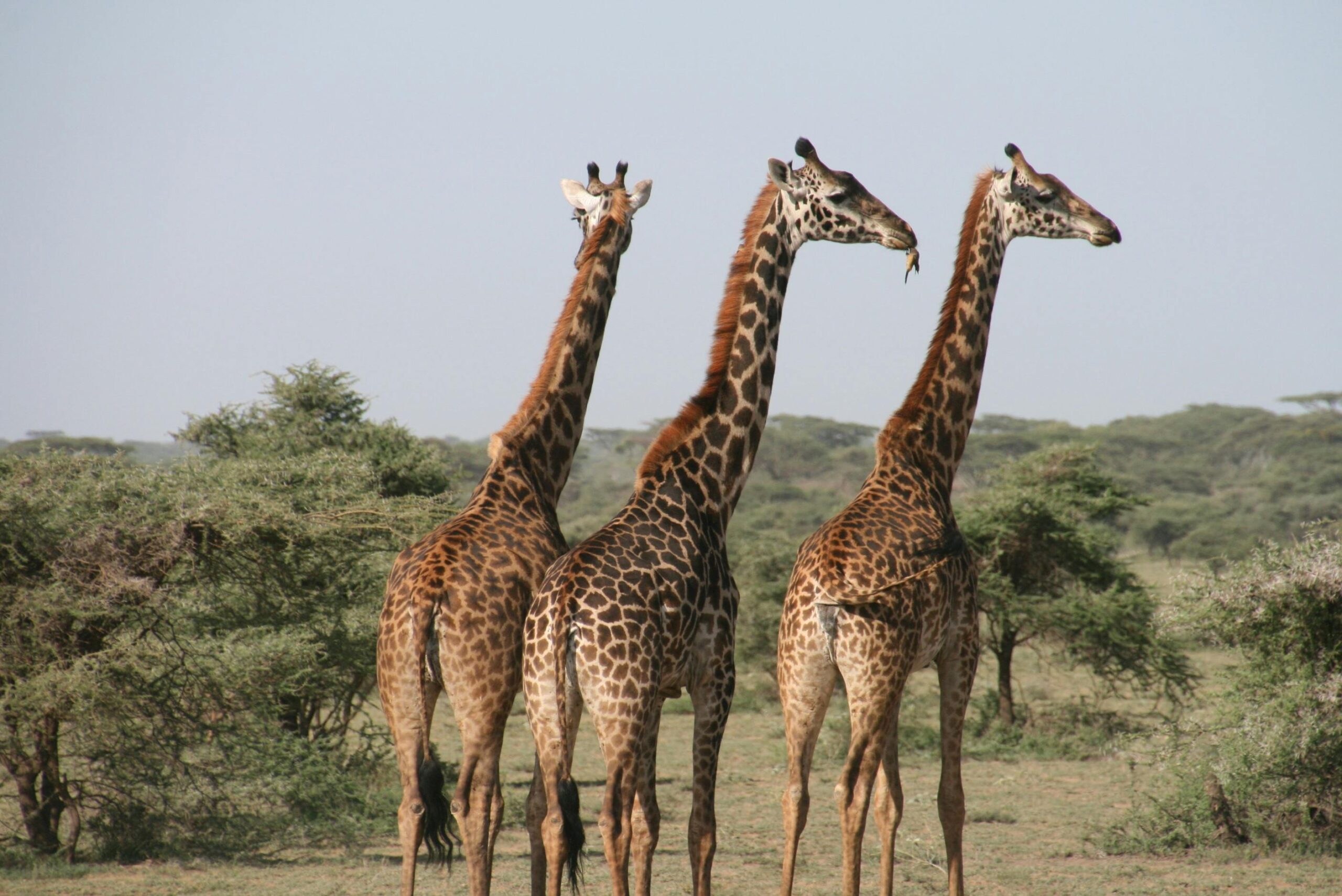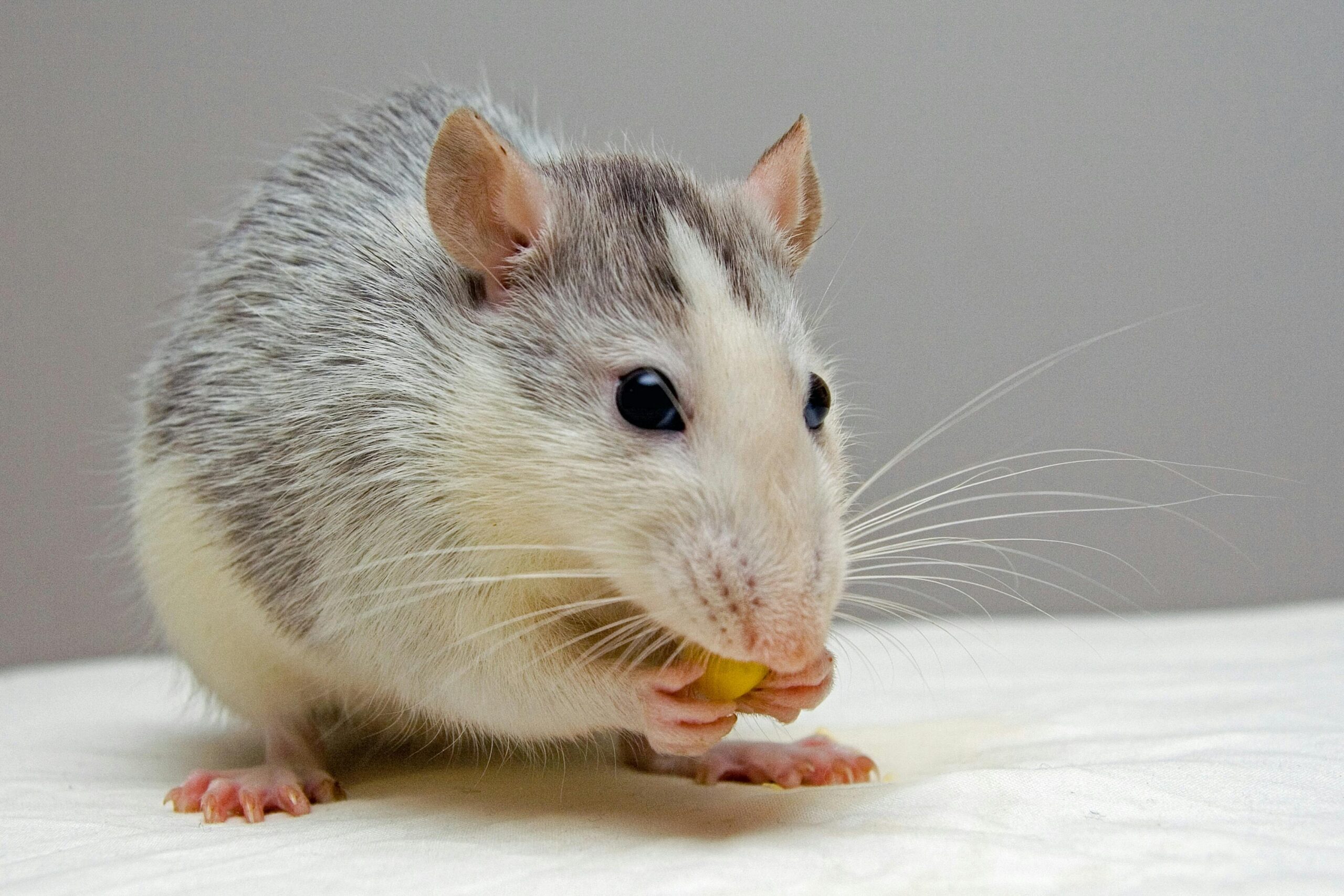(Image credit: by Pixabay)
Giraffes have famously long necks, but here’s something wild—humans and giraffes both have exactly seven neck bones. The difference? Giraffe vertebrae are massive, making their graceful reach one of evolution’s most fascinating feats.
A Surprising Fact About Giraffe Necks
When you see a giraffe, its towering neck is probably the first thing you notice. Reaching up to 6 feet (1.8 meters) in length, giraffe necks seem almost otherworldly. But believe it or not, giraffes have the same number of neck bones—seven cervical vertebrae—as humans do.
Yes, you read that right. Despite their necks being about six times longer, giraffes and humans share the same basic skeletal structure in the neck. This fascinating detail is a perfect example of how nature stretches the rules—literally.
Same Number, Different Size
So how do giraffes achieve that incredible neck length?
The magic lies in the size of each bone. While the average human cervical vertebra is just about half an inch (1.3 cm), a single giraffe neck vertebra can be over 10 inches (25 cm) long! These massive bones are strong, yet light enough for the giraffe to lift and move its neck with surprising grace.
They also have specialized joints that allow for the wide range of motion giraffes need to reach high tree branches or even swing their necks during dramatic “necking” battles between males.
Why Do Giraffes Have Long Necks?
Scientists have long debated this question, and there are two major theories:
Feeding Niche Theory – Giraffes evolved longer necks to reach leaves and food that other animals couldn’t, especially high in acacia trees.
Neck-as-a-Weapon Theory – Males use their necks and heads to fight rivals for mates in intense swinging duels. In this theory, a longer, stronger neck improves their chances in battle.
The truth is likely a mix of both. Evolution tends to favor traits that serve multiple purposes, and giraffe necks are a great example.
This strange similarity between giraffes and humans reminds us that evolution doesn’t always create something entirely new—it often modifies what’s already there. Giraffes didn’t evolve more neck bones; they evolved bigger ones. This allowed them to reach towering heights while still maintaining a functional and familiar skeletal structure.


